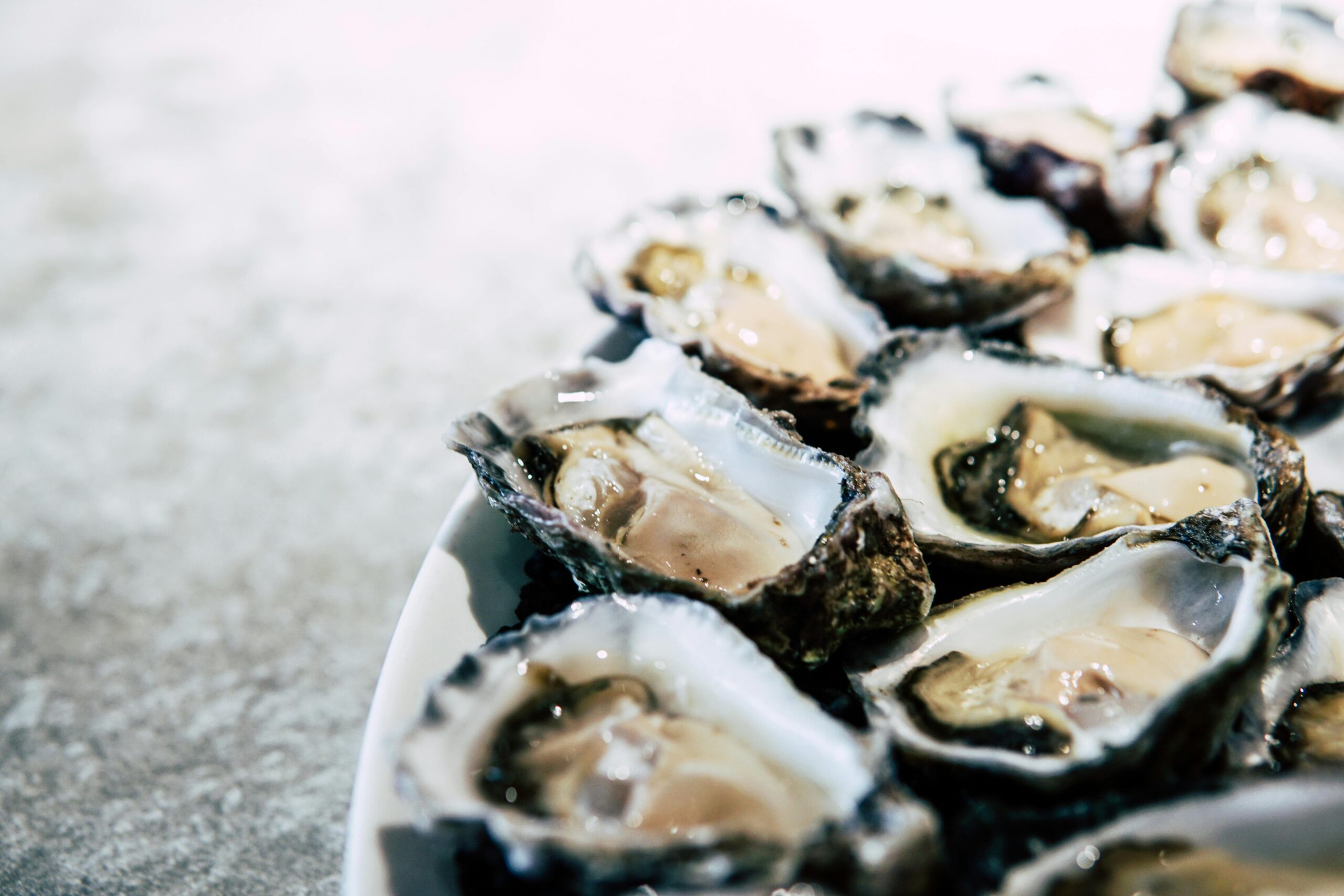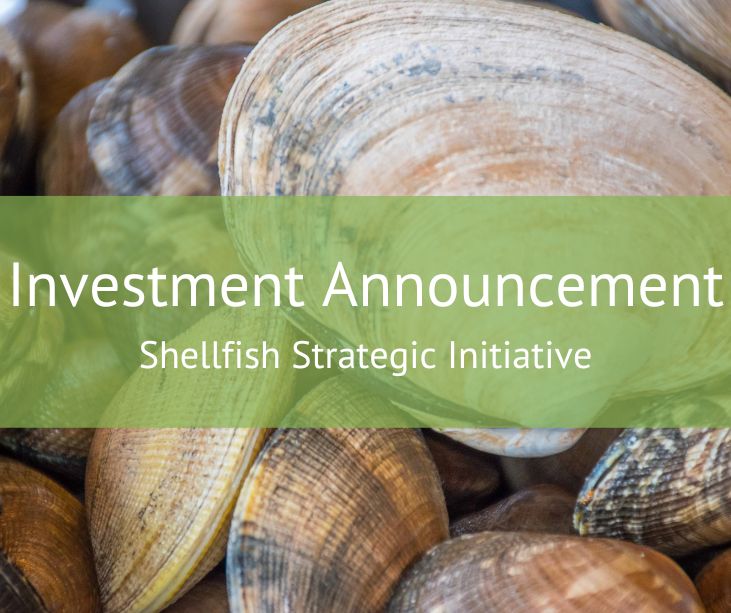The Shellfish Strategic Initiative Lead (SIL) is pleased to announce the funding recommendation for the Request for Proposals (RFP) to increase harvestable shellfish acreage in Puget Sound.
More...
The $4.5 million investment will support 10 proposals working to maintain and improve marine water quality for shellfish harvest across Puget Sound. Work spans the four Shellfish SIL investment priorities outlined in the Strategic Initiatives’ 2023 Investment Plan.
Support wastewater management from small On-site Sewage Systems (OSS)
Failing OSS can release untreated or partially treated sewage into the environment. This sewage can find its way into groundwater, surface water, or marine water, negatively impacting water quality. An OSS failure can be caused by bad system design, improper maintenance, or simply because the system has reached the end of its life expectancy. Support for local OSS management programs and OSS owners’ access and eligibility to financial assistance for OSS operation and maintenance, repairs, and upgrades is critical for reducing fecal pollution impacting shellfish harvest. Investments include:
- Skagit County Public Health to support their OSS management program with OSS owner education and incentives, supporting OSS owner access to financial assistance options, and ensuring deficiencies are fixed.
- Snohomish County Health Department to support their Savvy Septic Program with OSS outreach, education, and finical aid for OSS maintenance, repair, and replacement.
Advance technical assistance, education, and research to motivate agricultural land users to voluntarily reduce livestock/animal manure runoff and support regulatory programs to effectively require compliance.
Programs that control and prevent water pollution from farming activities help to reduce and/or eliminate fecal pollution from pastures, manure storage facilities, and land application of manure into surface water and/or to minimize these from leaching into groundwater. Both regulatory and incentive-based programs are necessary for effectively addressing manure management. Investments include:
- Thurston Conservation District to support their Manure Management and Nutrient Technical Assistance program which provides a series of manure management workshops, direct outreach, and technical assistance to producers, the integration of web-based manure application tools, and a manure exchange program feasibility study.
- Washington State University to continue pasture management outreach, education, and technical assistance programs to the community at large and expand opportunities to the Spanish speaking members of the community.
Fund, develop, implement, and establish effective local and tribal nations pollution identification and correction (PIC) programs.
Local jurisdictions use PIC programs to monitor watersheds for fecal coliform bacteria and to engage the community through outreach and property surveys to identify and correct fecal pollution sources. These programs can be an effective way to identify and resolve fecal pollution from OSS and livestock.
- Island County to develop and implement a PIC program, coordinate regulatory oversight, and carry out fecal pollution investigations.
- Snohomish County Surface Water Management to conduct stormwater sampling to identify sources of fecal pollution, enhance multi-agency field investigations to correct fecal pollution from livestock, human and pet waste through education and outreach, technical assistance, and progressive enforcement, increase climate change impact awareness and education, and design and implement a social behavior marketing assessment to identify barriers to engaging with the community.
Integrate shellfish growing area classification priorities in municipal and domestic (sewage) wastewater facility function, planning and/or upgrades.
Following state and federal standards, the Department of Health prohibits shellfish harvest adjacent to WWTP outfalls as a precaution to protect public health during the most common upset condition (loss of disinfection) at the treatment plant. Precautionary Prohibited areas adjacent to outfalls are required regardless of permit discharge limits and regardless of permittees’ compliance with permits. This RFP supports actions that can be taken that could result in modifications to the precautionary Prohibited areas adjacent WWTP outfalls or reduce the occurrence of emergency closures.
- City of Shelton to plan for adding a fully redundant backup to the existing UV disinfection system that could potentially reduce the frequency of closure days.
- Skagit County Planning & Development Services to upgrade the aging UV system to ensure its integrity and to continue to disinfect effluent.
- Taylor Bay Beach Club Homeowners Association to proceed with engineering, design, and permitting for a new outfall and construction of a new wastewater treatment plant.
- Washington State Department of Corrections to conduct feasibility study that looks at different options for handling wastewater on McNeil Island.

Photo Credit: Elle Hughes
Funding details can be viewed in the Investment List for Shellfish Beds FFY23 Investment Priorities A-D: Increase Harvestable Shellfish Acreage in Puget Sound. Proposals are funded through the Washington State Department of Health's Shellfish Strategic Initiative with EPA Puget Sound Geographic Funds. Investment priorities are guided by the Shellfish Strategic Initiative Advisory Team (SIAT), referencing the Puget Sound Partnership’s 2022-2026 Action Agenda for Puget Sound, the Shellfish Beds Implementation Strategy, and EPA's Funding Guidance to the Strategic Initiative Leads.
Did you Know?
We all play a part in protecting marine water quality. Here are some examples on how we can keep animal and human waste out of our waterways:
- Pick up after your pets.
- Properly use and maintain your on-site sewage system.
- When recreating near waterways, use designated restrooms, pack a portable toilet, or get a backpacker waste bag.
- When boating, use a pumpout station to empty your vessel sewage tank, use dump stations to empty your portable toilet, or use onshore restrooms.
About 16,000 acres of prohibited and conditionally approved shellfish beds in Puget Sound are closed to harvest due to nonpoint fecal pollution. The source of nonpoint pollution cannot be traced back to a single specific source. Surface water runoff from agricultural activities, pet waste, boater waste discharge, and onsite sewage systems are examples of sources that often contribute to nonpoint fecal pollution. Many ongoing programs, including local, tribal, and state, work to identify and correct nonpoint source fecal pollution.

